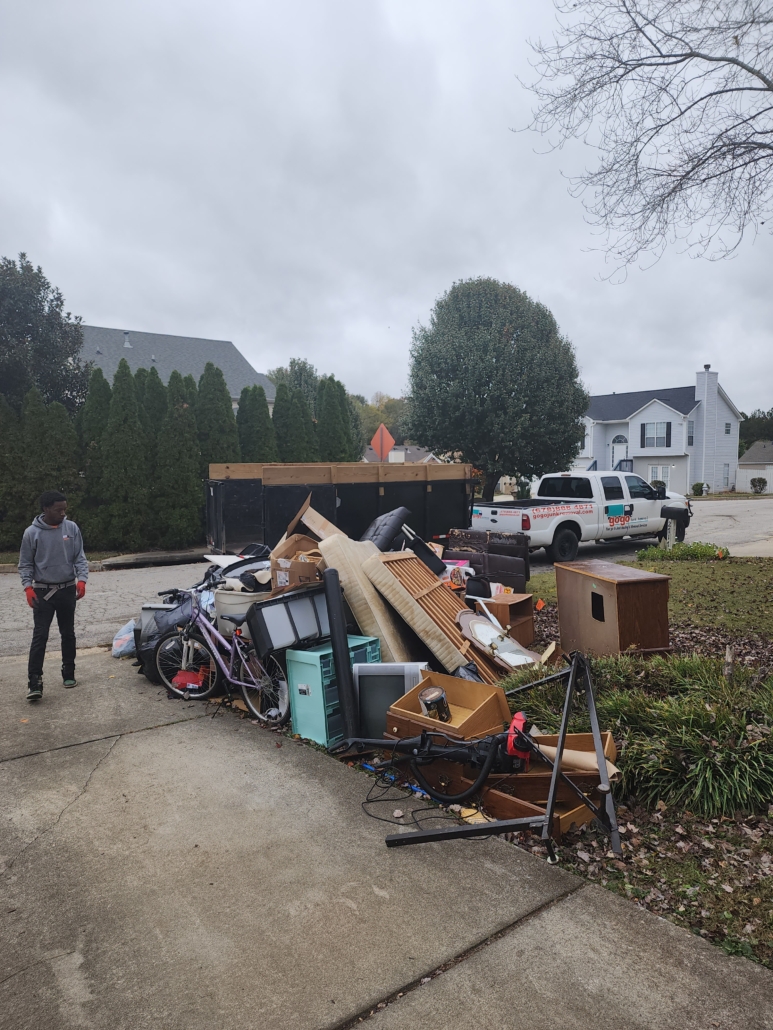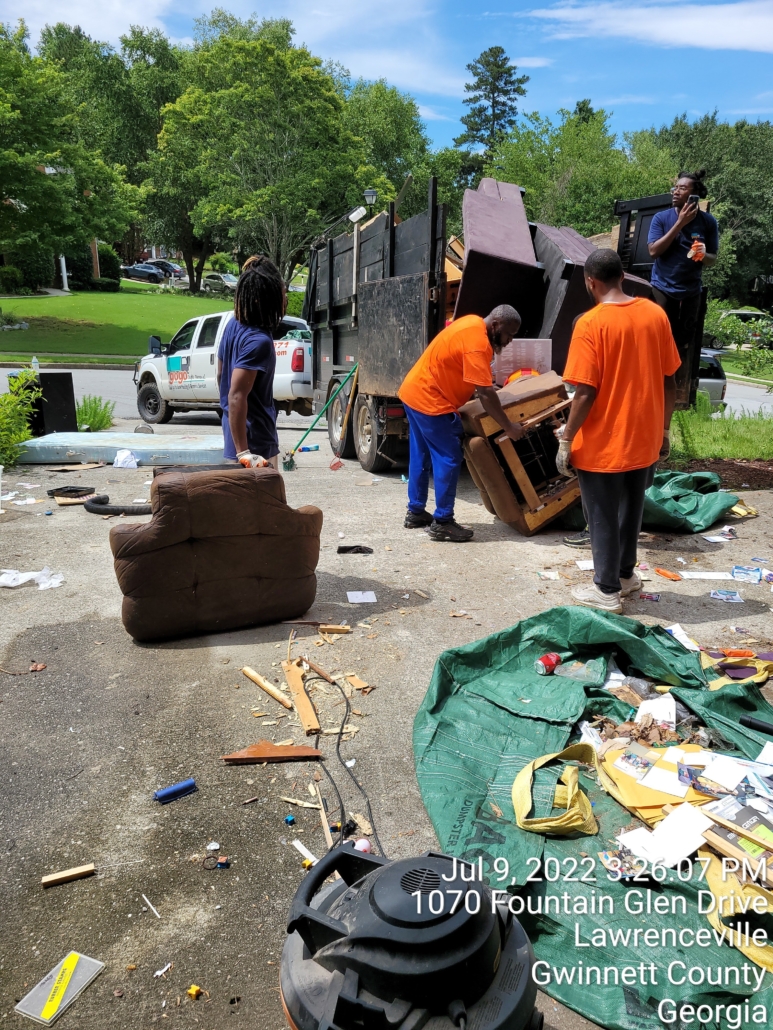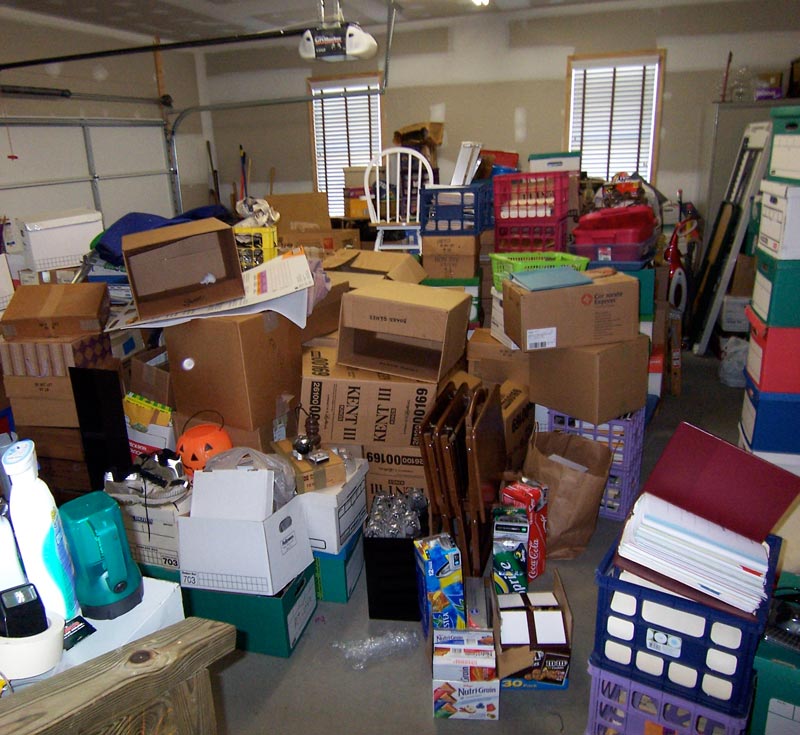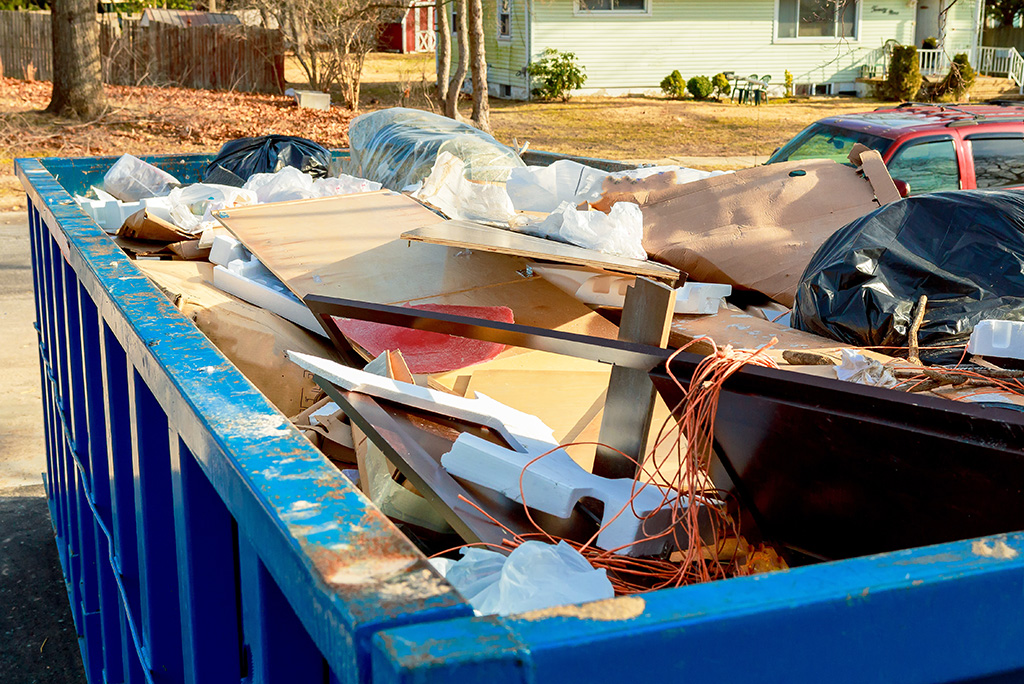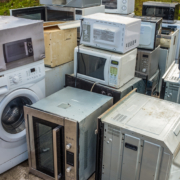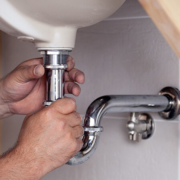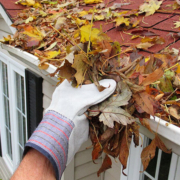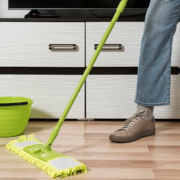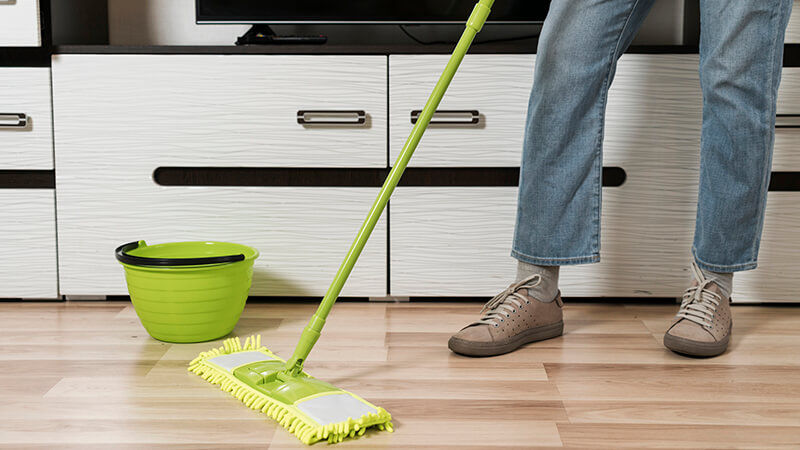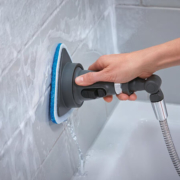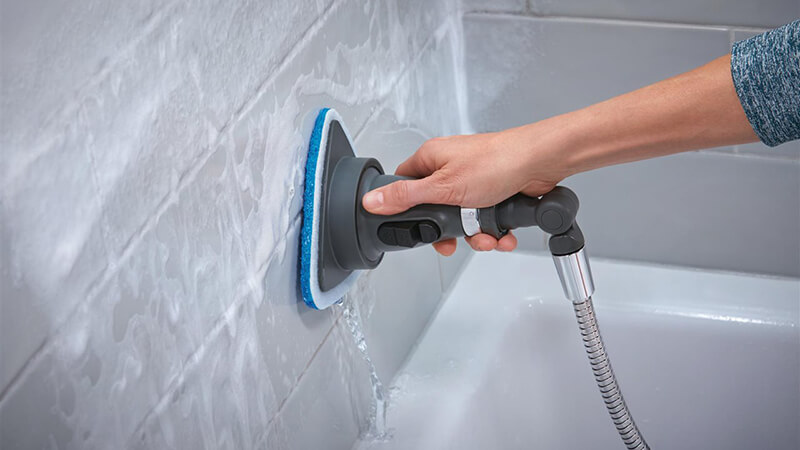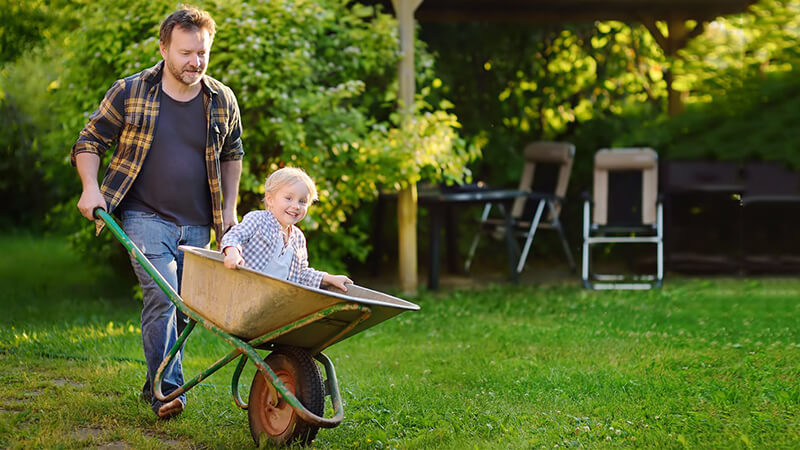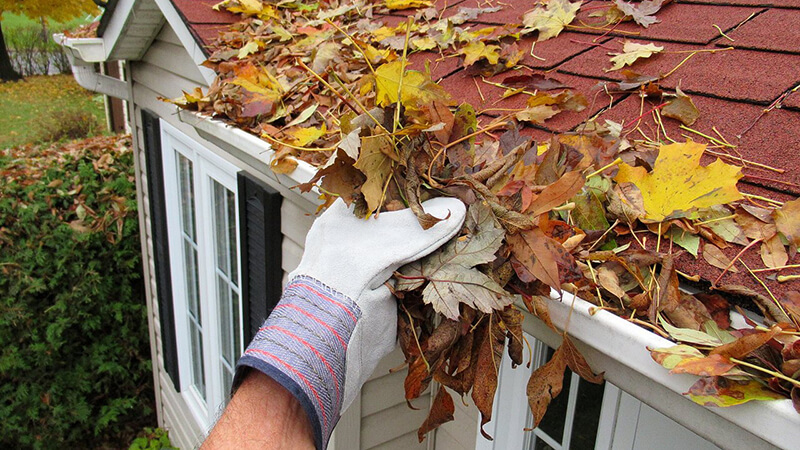
(BPT) – The sounds of birds chirping, longer daylight hours, and budding trees and flowers are early signs that warmer weather and spring are on the way. That means more time outside to enjoy nature. It’s also a sign it might be time for a little spring cleaning.
“Cold temperatures, snowfall and winter rains can have a big effect on houses and landscaping, so now’s the time to check for potential home repairs and maintenance,” said Christopher O’Rourke, Mercury Insurance vice president of property claims. “Spring cleaning isn’t just about getting rid of belongings you no longer want or need — it’s also a time to get your home in tip-top shape so you can enjoy it throughout the rest of the year.”
Here are four tips O’Rourke recommends to welcome the new season and save some money down the road.
1. Clean your gutters.
Gutters collect debris over time, especially when rain, snow and wind causes twigs, pine needles and leaves to settle on your roof and in your rain gutters. Accumulated debris can create blockages that direct water into the home. In areas without much precipitation, this can act as kindling in the event of a fire. Buildup also allows mildew and mold to develop, which can slowly decay a home’s exterior and roof.
“Preventable damage like mold or mildew that develops and rots a home’s exterior isn’t covered by homeowners insurance,” said O’Rourke. “It’s important to routinely clean out gutters — even if you have gutter guards installed, they don’t completely protect against debris building up eventually. An hour or two spent cleaning or checking your gutters is time well spent compared to the alternative.”
2. Trim branches and remove dangerous trees.
Thunderstorm frequency picks up in summer months, and high winds can occur year round. It’s best to get a jump on tree maintenance in early spring. Regularly trimming tree branches reduces their chance of breaking during a storm, which could cause power outages or property damage.
“Properly trimmed branches present a lower risk of falling onto your home, power lines or possibly injuring someone on your property,” said O’Rourke. “Also, in areas that are prone to wildfires, trimmed trees create a buffer zone to help lower the chances of flames easily jumping onto your roof.”
Consider having the trees on your property inspected by an arborist. This assessment will determine their health and allow you to removed diseased trees before they topple over unexpectedly. Removal costs vary depending on height and difficulty, but range from $100 to around $1,800. These preventative costs are not covered by your homeowners policy. However, they are a wise investment that saves you time, money and anxiety.
3. Watch out for service lines.
Homeowners who want to plant gardens, trees or install additional landscape features to enhance their outdoor living space should be aware of potential underground utility lines. Most service lines — a network of exterior, underground utility lines or pipes that supply a home with electricity, gas, water and sewer functions — are only buried a few inches beneath the ground. Accidentally hitting one when digging can result in loss of service, expensive repairs or a serious injury.
If a break to a service line happens on a homeowner’s property, special machinery may be needed to excavate pipes from beneath the ground, which may require digging under your home, garden or driveway. The homeowner is responsible for repair or replacement costs. This damage can be inconvenient, expensive and isn’t covered by a standard homeowners insurance policy.
“The average cost to repair a break to a service line is about $5,000 and most Americans wouldn’t welcome such a large surprise bill,” said O’Rourke. “Homeowners should definitely consider purchasing an endorsement to their insurance policy to protect against losses of this nature. Mercury offers this coverage as an addition to our home insurance policy and it costs as little as $8 a year, depending on the home’s age.”
To be safe, homeowners should call 811 before digging. This will allow the utility companies can send a locator to mark the approximate locations of underground service lines.
4. Service your air conditioning unit.
Regular maintenance of heating, ventilation and air conditioning (HVAC) systems is essential to ensure the equipment is working properly. This can save money on energy bills, as well as protect against expensive repair and replacement costs.
“No one wants to unexpectedly find themselves living in a sauna during the dog days of summer, so the start of spring is a great time to have your air conditioner inspected,” said O’Rourke. “You should also change your air filter to make sure it’s operating at its highest efficiency, so when that heat wave hits you’ll be nice and cool inside your home.”
Have a professional inspect your HVAC unit to make sure its exterior condenser coil and compressor are clean and free from blockages. The average cost for an inspection is about $300.
Your home will bring you security and joy for many years to come. Taking the time to maintain it is well worth the investment.



